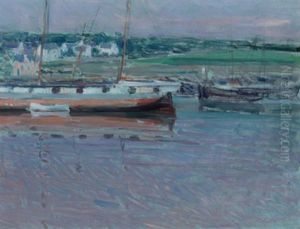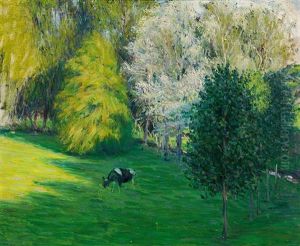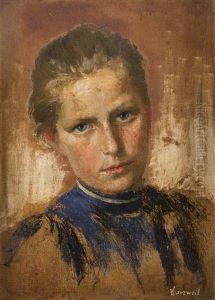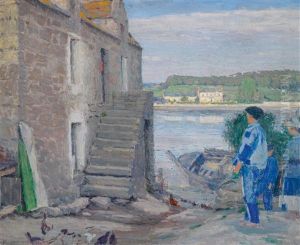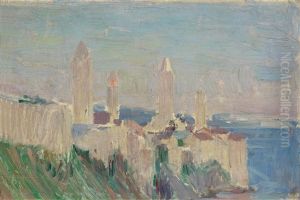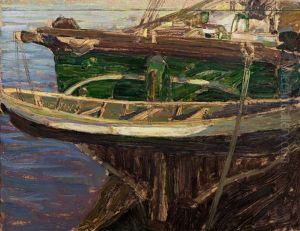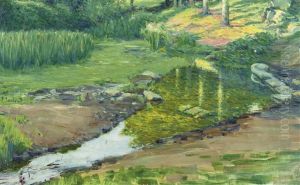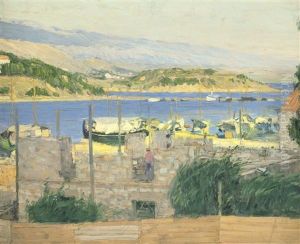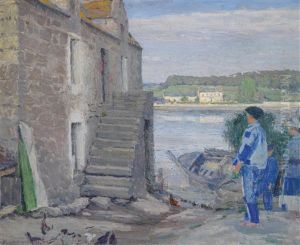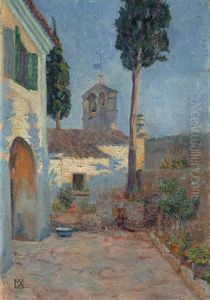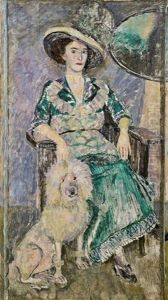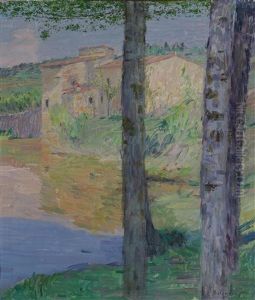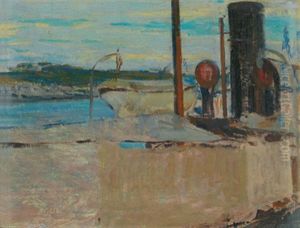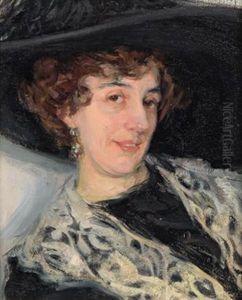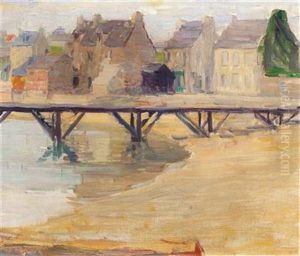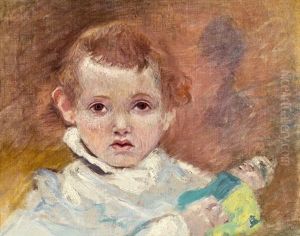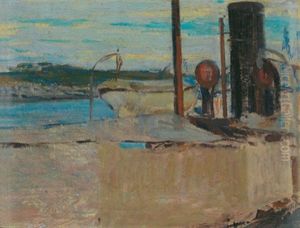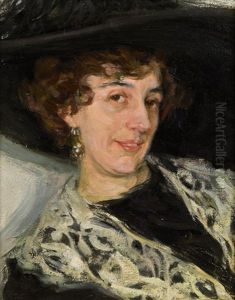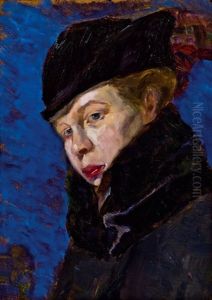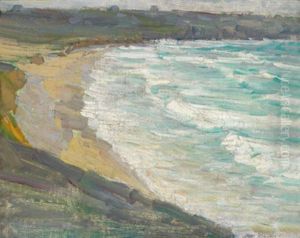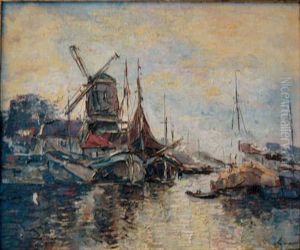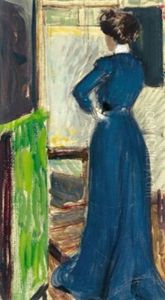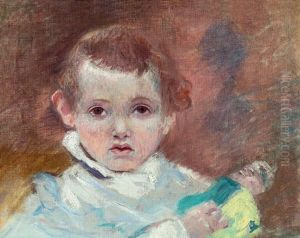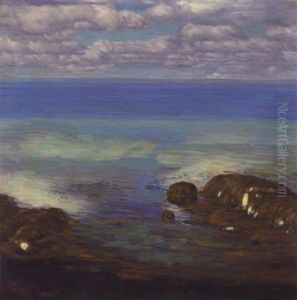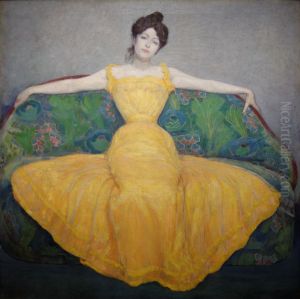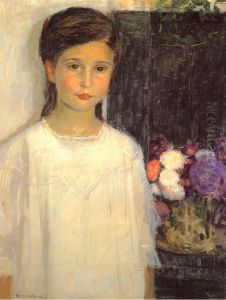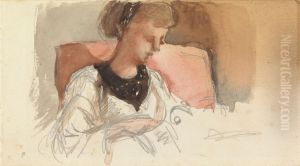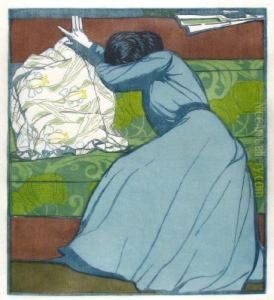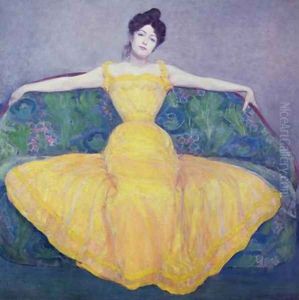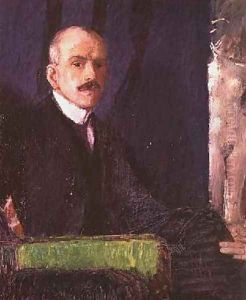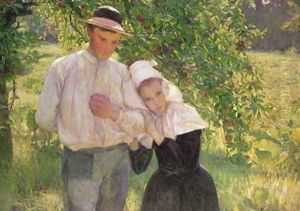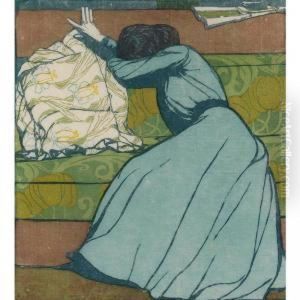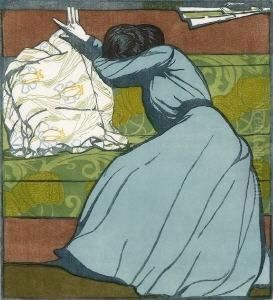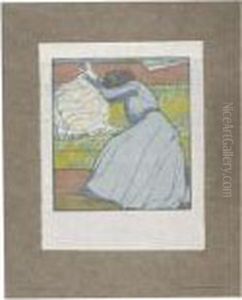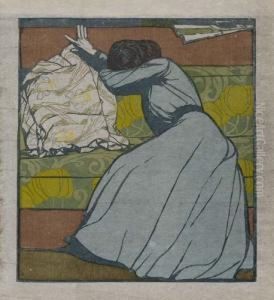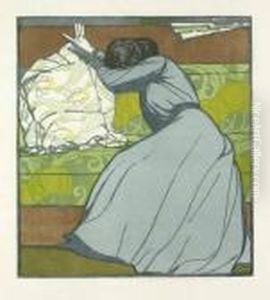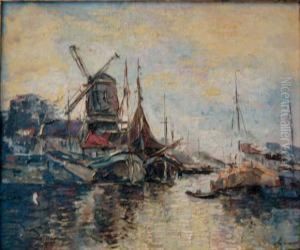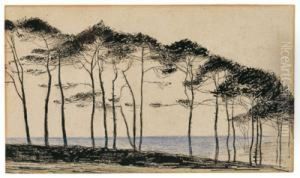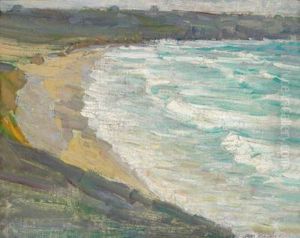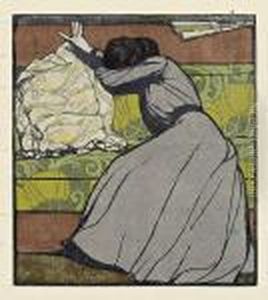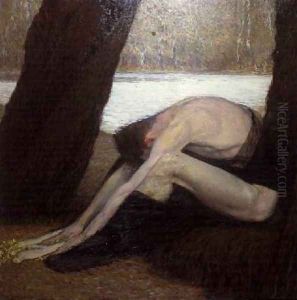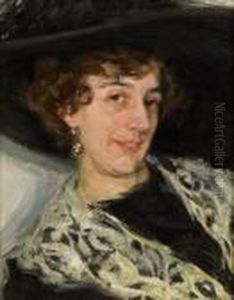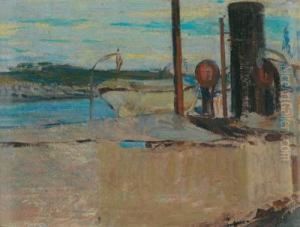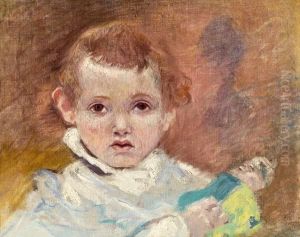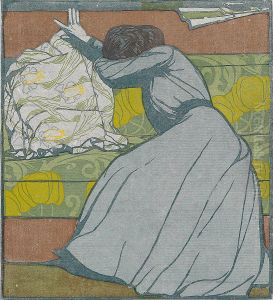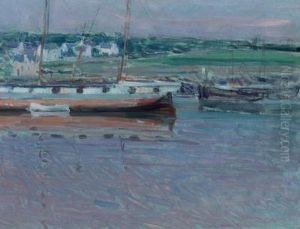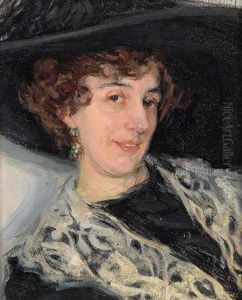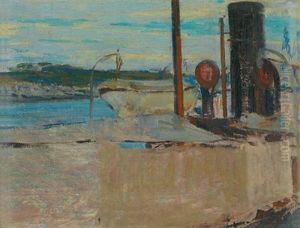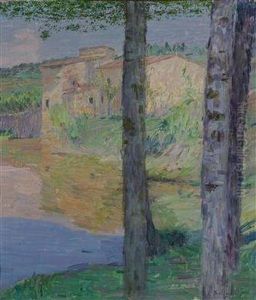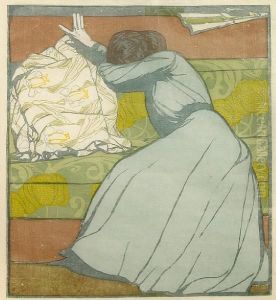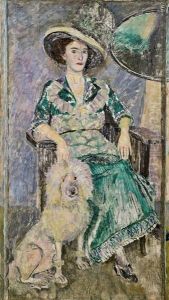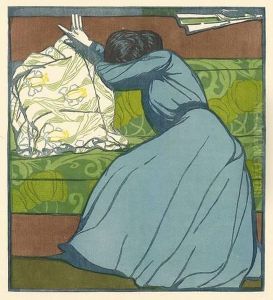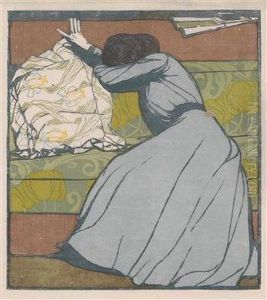Max Kurzweil Paintings
Maximilian Kurzweil was an Austrian painter and printmaker associated with the Symbolist movement and the Vienna Secession, which was a group of artists that broke away from the traditional academic art of the late 19th century. He was born on October 12, 1867, in Bzenec (Bisenz), Moravia, then part of the Austro-Hungarian Empire and now located in the Czech Republic. Kurzweil studied at the Vienna Academy of Fine Arts from 1886 to 1888 and then moved to Paris to continue his education at the Académie Julian.
Kurzweil's work was strongly influenced by his time in Paris, where he absorbed the techniques and stylistic tendencies of French Impressionism and Post-Impressionism. He also developed an interest in Japanese woodcuts, which were very popular among avant-garde artists in Europe at the time. After returning to Vienna, he became a significant figure in the local art scene and joined the Vienna Secession in 1897, contributing to its exhibitions and gaining recognition for his work.
His paintings often depicted domestic and outdoor scenes, characterized by a rich palette, attention to light and shadow, and a delicate sense of emotion. One of his most famous works is 'Lady in Yellow Dress' (Dame im gelben Kleid), which showcases his skill in capturing the textures of fabrics and the subtleties of human expression. Kurzweil was also known for his graphic works and illustrations, which echoed the contemporary interest in Art Nouveau's flowing lines and decorative patterns.
Despite his artistic success, Kurzweil suffered from personal and mental health issues throughout his life. The outbreak of World War I took a heavy toll on him, as it did on many of his contemporaries. His work became darker and more introspective during this period. Tragically, Max Kurzweil's life came to an abrupt end when he committed suicide on May 9, 1916, in Vienna. His legacy is that of an artist who bridged the gap between the traditional art of the 19th century and the modernist movements of the early 20th century.
